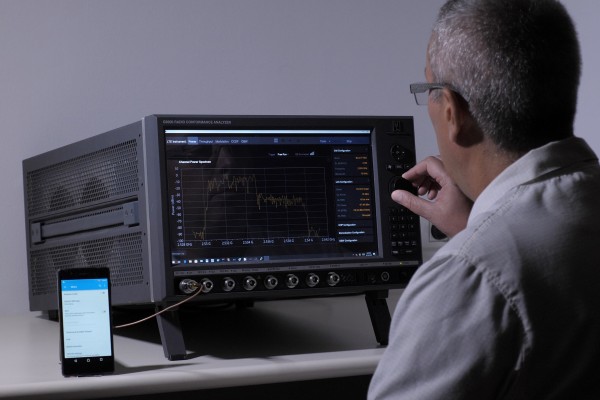How to Build Screens That Actually Work in the Real World
Designing a beautiful screen is easy.
Designing one that scales, survives engineering, and performs under pressure? That’s where things get real.
At Blender UI UX, we often take clients from early sketches all the way to production-ready systems — especially for complex products in health, industry, and defense.
Here’s what that process really looks like:
✅ Start with the problem, not the pixels
Before designing a single screen, clarify user goals, constraints, and edge cases. UI begins with UX.
✅ Wireframes aren’t optional
We don’t guess. We test structures, layouts, flows — long before we touch Figma components.
✅ Design systems early
Consistent buttons, form fields, spacing, and icons aren’t just a nice-to-have. They reduce dev time and improve future scalability.
✅ Test with real users
Don’t just present the happy path. See how real users behave — under stress, with gloves, on mobile, in low light, etc.
✅ Build for flexibility, not just polish
Your design should survive changes in content, localization, or unexpected hardware updates. Think ahead.
A prototype is only the beginning.
A great product is one that survives real users, real pressure, and real-world use.
Ready to transform your prototypes into real-world success? Get in touch with Blender UI UX — we’ll help you create interfaces that perform where it counts.

